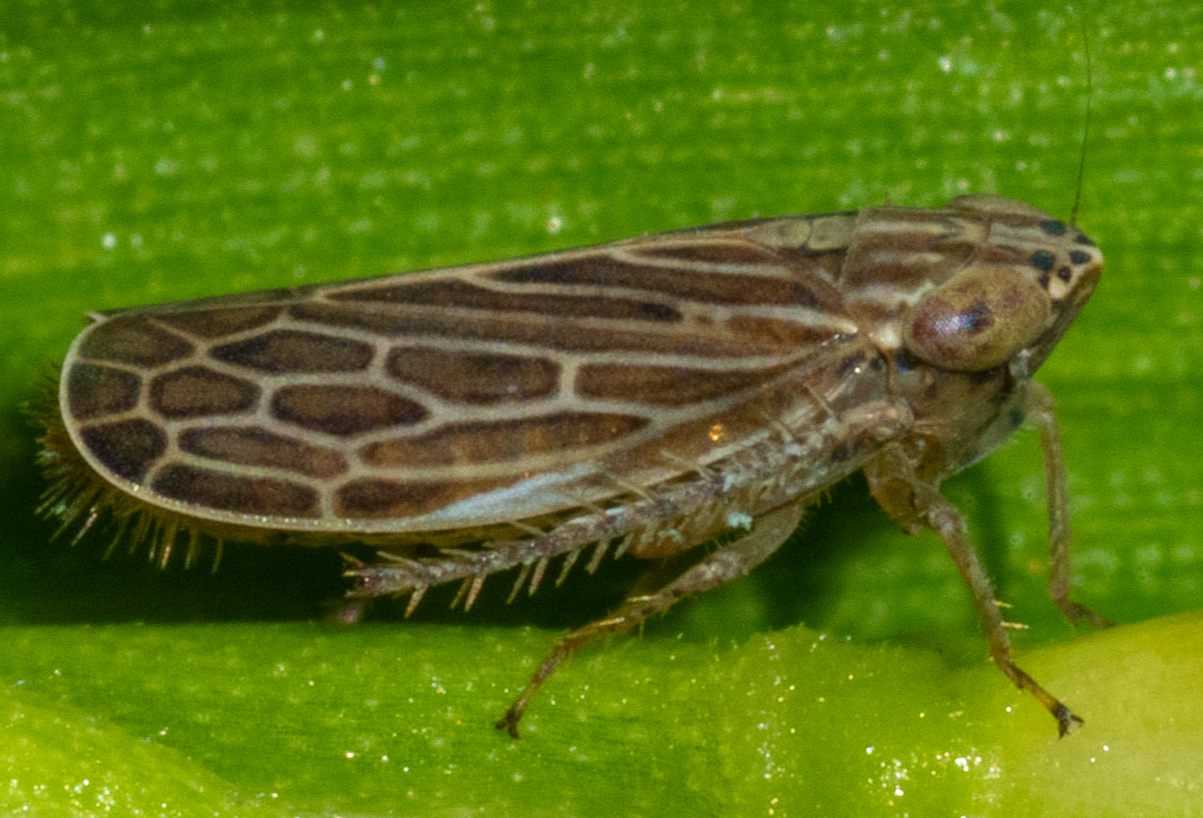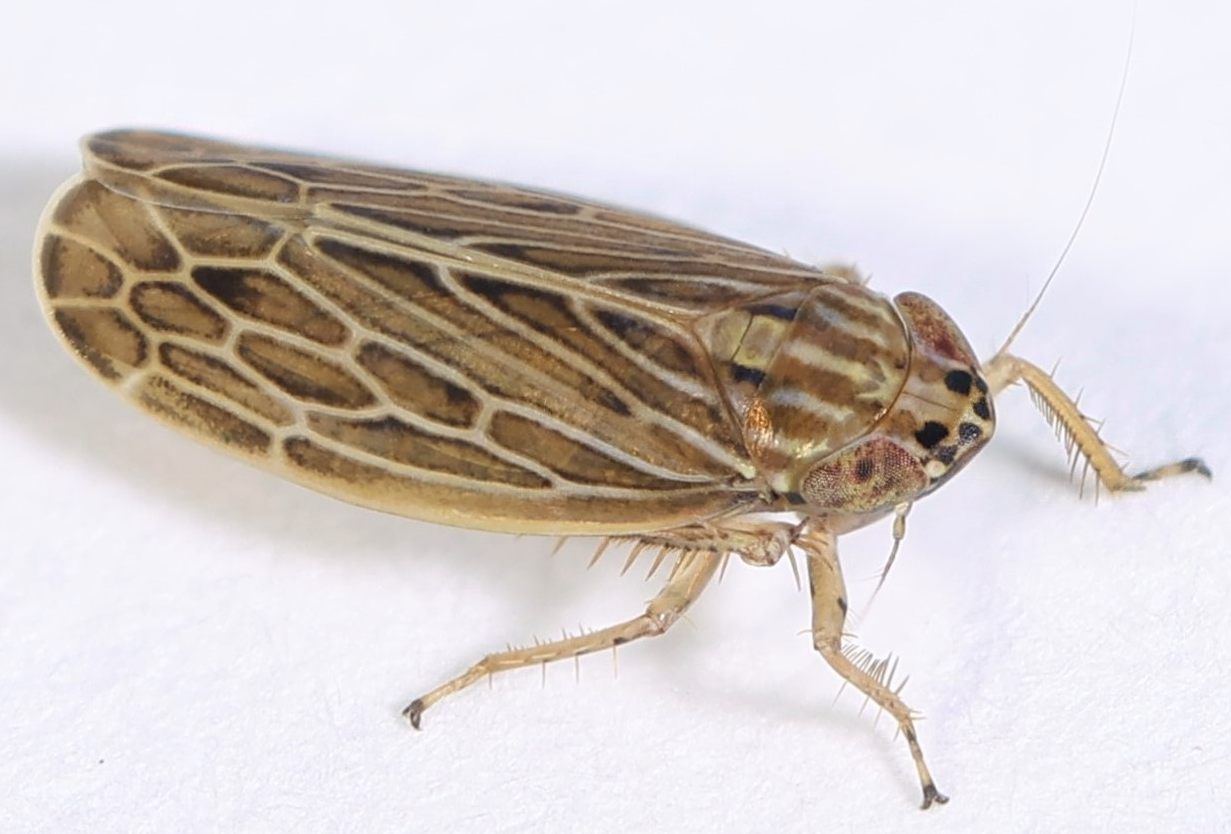| Family (Alpha): | |||
« |
 » » |
| CICADELLIDAE Members: | NC Records | |||||
|---|---|---|---|---|---|---|
Reventazonia lawsoni - No Common Name | ||||||
 © Scott Bolick- note vertex spots |  © Rob Van Epps- note wing pattern |  © Scott Bolick |  © Scott Bolick |
|
Hoppers of North Carolina: Spittlebugs, Leafhoppers, Treehoppers, and Planthoppers |
| Family (Alpha): | |||
« |
 » » |
| CICADELLIDAE Members: | NC Records | |||||
|---|---|---|---|---|---|---|
Reventazonia lawsoni - No Common Name | ||||||
 © Scott Bolick- note vertex spots |  © Rob Van Epps- note wing pattern |  © Scott Bolick |  © Scott Bolick |